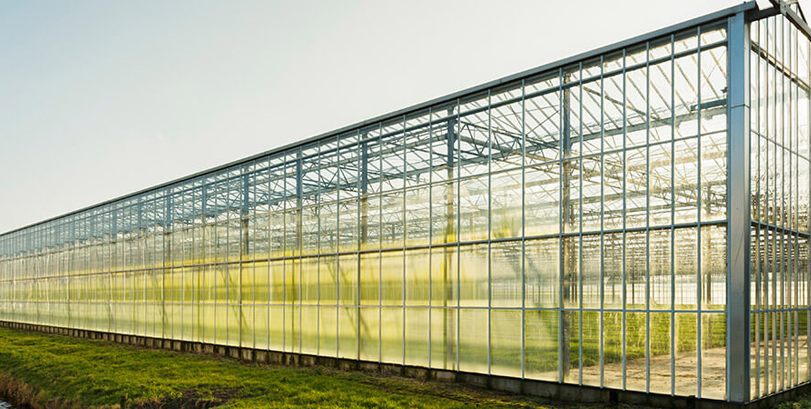Innogrow – Optimizing a Closed Greenhouse #SWI2007
Innogrow develops and sells a new type of greenhouse, called GeslotenKas®. By closing the windows of a greenhouse and providing it with an integrated climate and energy system, maximal control is obtained over the growth factors and energy use. The closed greenhouse also functions as an energy source. Excess heat is saved in seasonal energy storage. All of this results in lower energy use, together with an increase in production.
To improve the design of the Geslotenkas® and to evaluate testing results, several models are used:
- Greenhouse model. Computes the energy necessary to realize a certain climate (temperature, humidity).
- Utility model. Determines which components will produce the necessary energy, how much energy is stored, and how much is saved.
- Cultivation model (in development). Determines the deployment and yield of plants growing in a certain greenhouse climate.
- Cost model. Calculates the cost of investments, energy purchase, and resulting proceeds of supplied products.
These models result in complex, numerical yearly simulations, with time steps of hours or even 5 minutes, with numerous input parameters. One goal is to arrive at a coupled optimization of these four models. In other words: optimal control over the greenhouse conditions (1) at the lowest possible costs (4) with the lowest possible energy use (2), while producing as much as possible (3), yielding the highest possible profit (4).
Suggestions for problems:
- Which numerical technique can best be used to solve the optimization?
- Could a genetic algorithm be employed?
- Could a partial optimization (e.g. (2) utility model) be performed, if only for part of a year?

